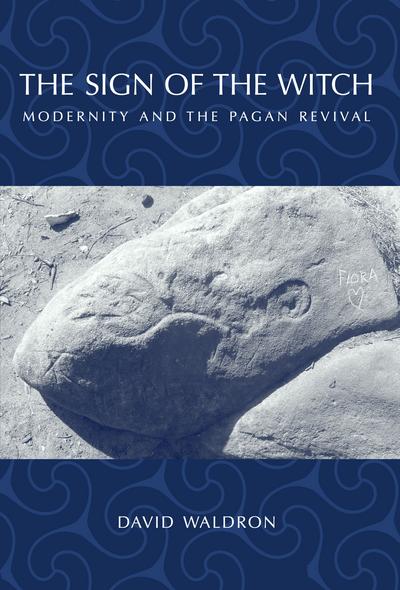The Sign of the Witch
Modernity and the Pagan Revival
2008
Tags: Ritual Studies Monograph Series
288 pp $30.00
ISBN 978-1-59460-505-5
eISBN 978-1-5310-1083-6
The witch is a uniquely powerful image in Western society. It is a symbol alternately vilified, ridiculed and idealised by differing sectors of society and is a powerful symbol in Western mythology. This book traces the evolution of the modern representations of Witchcraft and Paganism from the popular imaginings of witchcraft in 16th-century England to their contemporary manifestations amongst neo-Pagan and Wiccan religious movements in America, Australia and Great Britain today. Tracing how this symbol is continually constructed and reconstructed by the neo-Pagan movement is indicative of broader social, political and cultural issues arising out of the interaction of Romantic and Enlightenment epistemes in Western society.
Central to this process is the locating of representations of witchcraft within the twin discourses of romanticism and enlightenment modernity. Beginning with the aftermath of the English witch hunting craze of the 17th century, the book examines how the witch transformed from a symbol of ridicule during the enlightenment to an idealised symbol of romantic rebellion which led to its systemic adoption by romantic religious and political movements. Along the path it examines the development of the neo-Pagan movement from 19th-century Romantic pagan revivals, to Gardner's Wiccan movement, the sixties counter culture, the rise of eco-feminist neo-Paganism and the contemporary phenomena of "teen witches" and pop commercialization.
This book is part of the Ritual Studies Monograph Series, edited by Pamela J. Stewart and Andrew Strathern, Department of Anthropology, University of Pittsburgh.
"Modern Paganism is still in the process of finding its history. Dr. Waldron brings to the quest a very wide knowledge of all aspects of the subject and a good grasp of cultural theory. He is fair to all the players in a notoriously complex and fractious field, and covers it deftly and evenly, deploying his learning and his intellectual models with a light but sure touch." — Ronald Hutton, Professor of Historical Studies, Bristol University
"Waldron's identification and critique of the core aspects of the modern Witch's identity provide what should be seen as an invitation for practitioners to remove our rose-coloured glasses approach to our own history and instead to take on board the results of rigorous investigation. For the general public, by whom Witches are so often misunderstood, an academic examination of the movement can only enhance the likelihood of tolerance and understanding that are the essence of religious pluralism." — Caroline Tully, Witchcraft Magazine
"David Waldron has done the scholarly community, neo-Pagans, and anyone interested in the study of neo-Paganism and Witchcraft a great service with this volume. In addition to its historical, cultural, and social overview of the subject matter, it makes for an interesting study in the construction of identities and symbolism within witchcraft. I highly recommend this book." — John W. Morehead, Senior Editor, Sacred Tribes Journal and Director, Western Institute for Intercultural Studies
"[Waldron] does an excellent job of summarizing the history of the English witch trials, their end, and the development and commercialization of the witchcraft and Pagan movements. The book will be useful for those who want to begin exploring that history as well as to scholars of ideas who want to consider and investigate his basic thesis of the relationship between the Romantic and the Enlightenment epistemes." — Helen A. Berger, West Chester University, Journal for the Scientific Study of Religion
Comp Copy If you are a professor teaching in this field you may request a complimentary copy.


